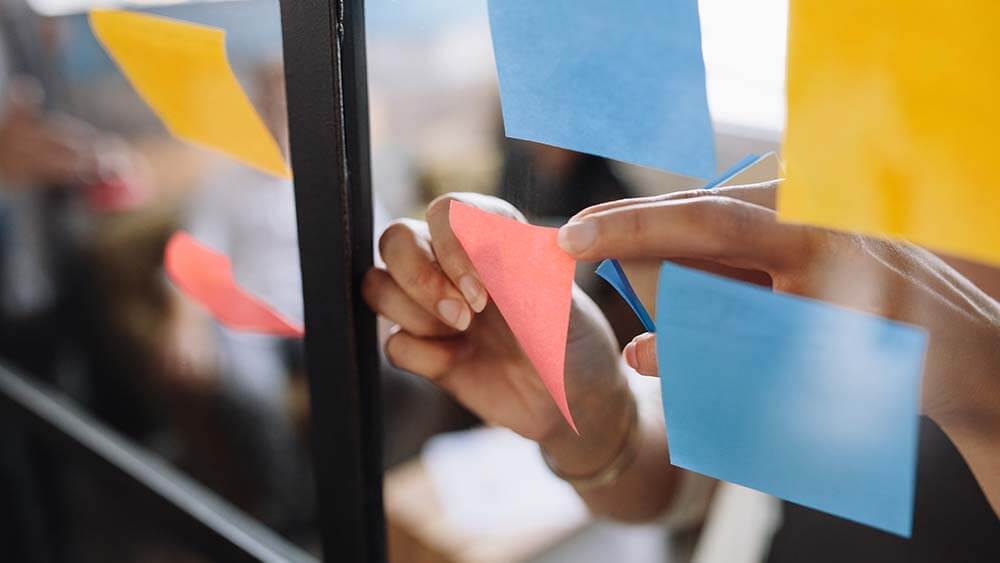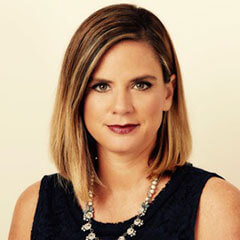
Adopting a growth mindset means understanding the value of trying new things, even if they are uncomfortable — and that mistakes are an essential part of learning.

Kimberly Hardcastle-Geddes
Psychologist Carol Dweck coined the terms “fixed mindset” and “growth mindset” to describe our beliefs about learning and intelligence. In short, a person with a fixed mindset avoids challenges, gives up easily, and has a deterministic view of their abilities, whereas someone with a growth mindset thrives on challenges, exercises intellectual curiosity, and views failure as a springboard for growth.
During the pandemic, event marketers with a growth mindset experimented with new ways to serve their audiences, collaborated with their remote teammates, and generated revenue for their organizations. And now that the worst of the pandemic is behind us (fingers crossed), how can event marketers continue moving boldly into the future?
First, don’t fall into the trap of adopting a “recovery” mindset — you’ll not only waste budget dollars trying to reactivate prospects lost in The Great Reshuffle instead of finding new leads, you’ll waste time trying to recreate the same events as in 2019 rather than creating ones that better align with the changes our industries have experienced. Break free from legacy thinking, learn new skills, question long-standing beliefs, and try these tactics:
Brainstorm new ideas as if your event was a launch.
Involve your entire event team and ask: If we were to create and launch a brand-new event that competed with ours, what would it look like? Perhaps this discussion will open doors to new offerings, new markets, new opportunities to seize, and/or new strategies to deal with competitive threats. Perhaps it will shed light on offerings, strategies, or tactics that are no longer serving you.
Experiment with new channels and new tactics.
Dirty databases, email fatigue, data privacy rules, and the overall pace of change in the marketing landscape demand that you take an omnichannel approach to reaching and engaging your audience. From tactics like TikTok, digital TV, and digital out-of-home to industry-specific tools like InGo and Gleanin, to influencer and content marketing, it’s time to innovate. If you’re out of your comfort zone in these areas, consider using an agency or consultant to help get you started.
Get to really know your audience.
Perform primary research like focus groups or interviews with members of your audience to discover what makes them tick — and what makes them attend your event (or not). Ask questions like: What keeps you up at night? What would you attempt to accomplish in your career if you weren’t afraid of failing? What professional opportunity are you most excited about in the next year? You’ll learn so much more about your audience than you would by asking the usual questions — Why did you attend? What sessions would you like for us to offer next year? And best yet, you’ll have great new insights to apply to your next marketing campaign.
Don’t Fear Failure
Of course, not every tactic we’ve shared here will perform — whether that’s defined as generating awareness, piquing interest, or converting leads — and not every piece of creative will resonate.
Ensure you are tracking, measuring, learning, and adapting. And while you need to have patience — it takes time to move cold leads through the customer funnel — you also need to recognize when it’s time to pivot away from something that’s not working. The continual process of testing an idea, learning from the results, and iterating is only possible with a growth mindset.
Kimberly Hardcastle-Geddes is president and chief marketing strategist of mdg, a marketing and public relations agency specializing in audience acquisition for B2B events.
